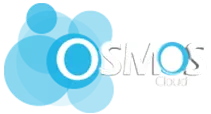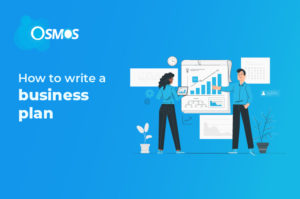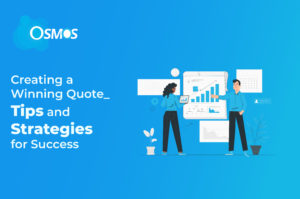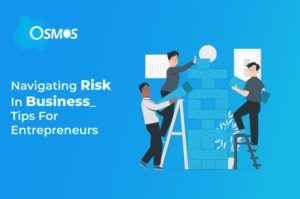Not following up on your prospects after sending the quotes is like filling a bathtub without putting the stopper first. It is a grounded reality of the business world that either a salesperson follow-up or fold-up. The process of follow-up may, sometimes, feel like badgering on your potential customers, but in reality, a properly devised follow-up email can boost your marketing strategies to the next level.
A well-timed and wisely drafted follow-up email can be a turning factor for the impending deal. It helps in building trust with your potential customers as it depicts that you are willing to answer their queries and are really looking forward to hear from them.
The timing of the follow-up email/call is the most crucial thing to decide. It takes even months to find a customer and just a few seconds to lose one. You have spent your energy and time in pricing the quotes up accurately, then why don’t you consider going the extra mile to win your customer.
Clients or customers are busy with their own jobs. They might ask for a quote from you with the full intention to start the work right away, but then might get stuck with their own engagements and can totally forget about the quote. The best way to sort this out is to follow-up after your quotes to get the desired results.
After how many days you should follow-up?
The best time to follow-up on the customers’ quotes, suggested by the experts, is after 3-5 days. You should try to keep the balance; if you send it too late, the client will no longer remember who you are or may have already finalized the deal with someone else. But if you send follow-up emails to the prospects too early, they may get irritated and can simply ignore you.
For this purpose, you should set the reminders or add notes to remember when the quote was sent. You can also use customer management platforms, like Osmos, to keep track of your quotes and customers. Osmos lets you arrange the quotes by names/IDs and also allows you to add dates on them to facilitate in filtering the quotes and emails efficiently.
At what time you should get back to your clients?
When you send follow-up emails or call your leads/prospects and they are busy somewhere else, it becomes really challenging to engage them in the topic. That’s why you should wisely choose the day of the week and time of the day to follow-up after quotes.
According to several studies, these are the most suitable times to get in touch with your customers to qualify the leads.
Wednesdays and Thursdays are considered as the most effective days to get in touch with your prospects. Besides this, it has been observed that the majority of the people check their emails in the morning. So, the best time to send the emails is early in the morning. But note that scheduling an email for random time is better than that of the precise ones. Like, consider sending an email at 7:24 a.m. instead of 7 a.m.
The best time to qualify the leads via phone calls is suggested to be between 8 a.m. to 9 a.m. and then 4 p.m. to 5 p.m. According to the statistics, the chances to get better attention of clients and to win the leads are higher during these before-mentioned hours.
In today’s business world, customers don’t like to numerous phone calls and tons of emails for follow-up and get irritated by this practice. Osmos has the solution to this problem as well. There is an interactive button that enables the interaction between sales representatives and clients. By just a single click, they can respond to your follow-up and you can also customize the text of the interactive buttons according to the need of the time.
Sales representatives or agents do not understand the importance of follow-up as scheduling them into your sales and marketing strategies will give the desired results. To make this process easier, you should dedicate a time while devising the strategies so that the process doesn’t become overwhelming. Valuable relationships aren’t made by a single contact but on consistent hard work and effective management.








